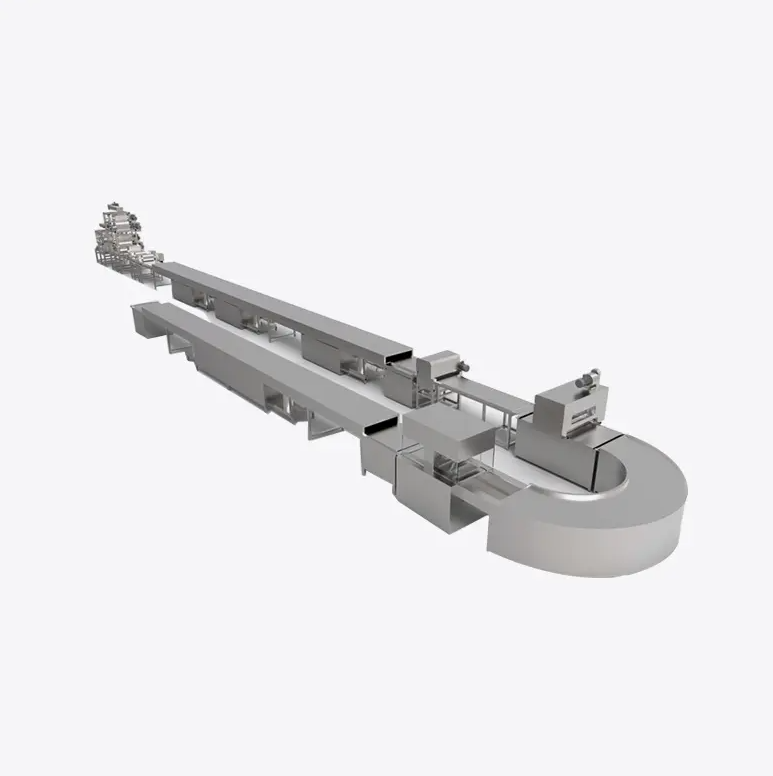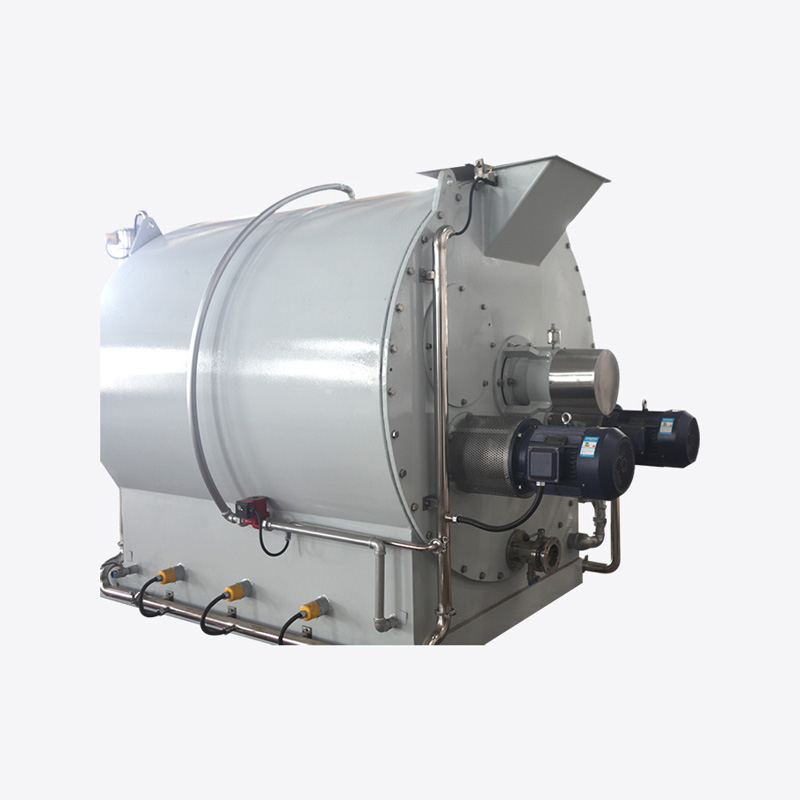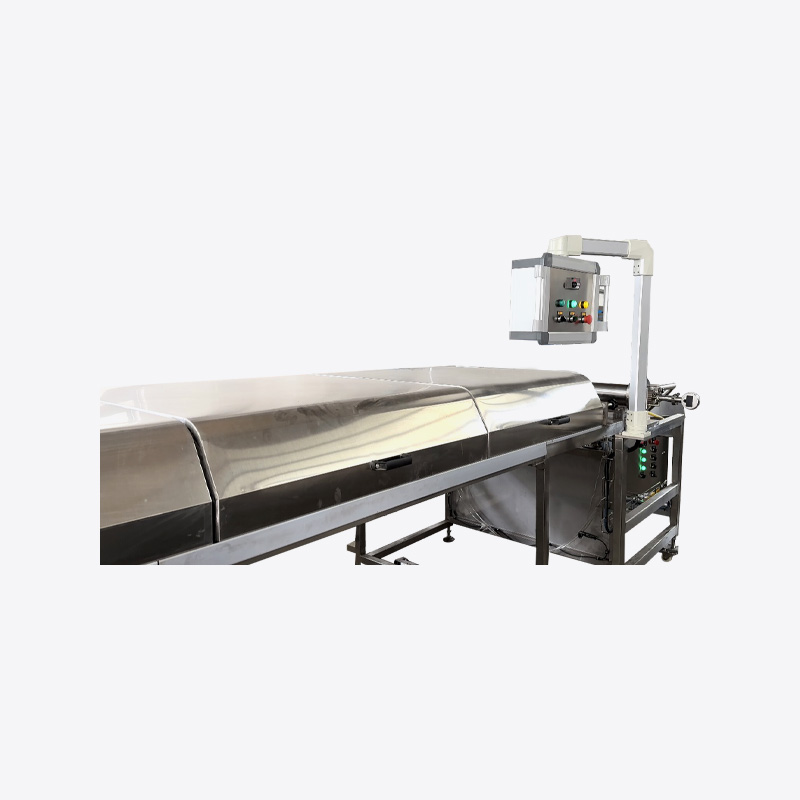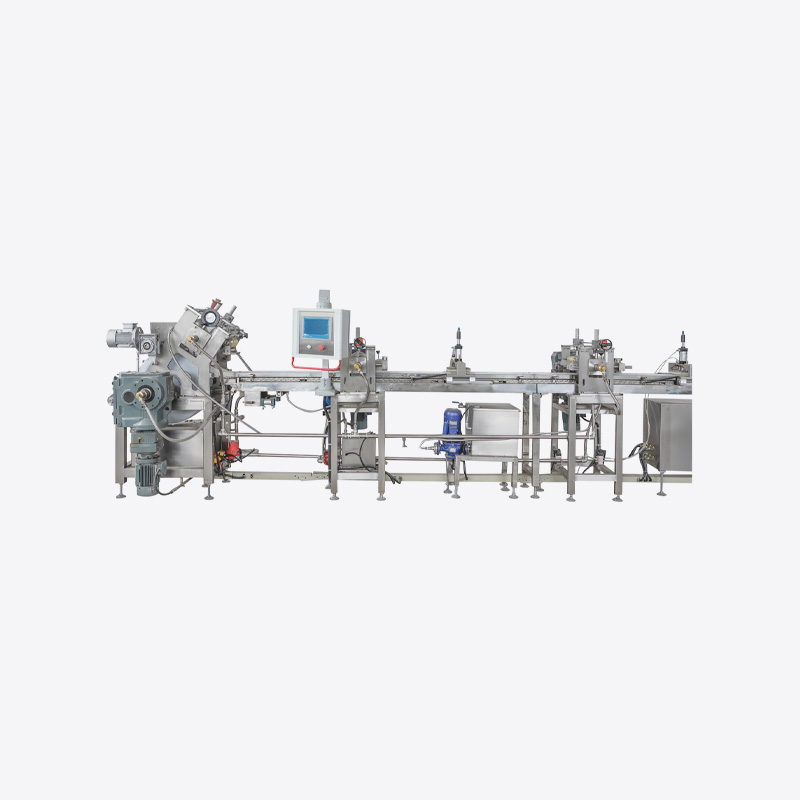In recent years, the food processing sector has witnessed dynamic changes, shaped by evolving consumer expectations and advancements in production technology. Among these developments, the demand for automated solutions for functional snacks has been consistent. One area drawing significant attention is the Energy Bar Line, a system that enables efficient preparation and packaging of nutritional snack products.
Market Context
The global snack food industry has expanded due to rising interest in health-focused eating habits. Nutritional bars, protein-based snacks, and cereal-based products are now found in many retail channels. This demand has created opportunities for manufacturers who can integrate reliable processing lines.
Research data from industry reports highlights several growth drivers:
-
Increased preference for on-the-go snacks.
-
Interest in balanced diets that include protein, fiber, and natural ingredients.
-
Expansion of distribution through supermarkets, gyms, online stores, and vending solutions.
The combination of these factors has placed Energy Bar Line solutions in a strategic position within the broader machinery sector.
Technological Developments
Manufacturing systems for snack production are no longer limited to basic shaping or cutting. Companies are integrating functions such as:
-
Mixing and blending: To ensure consistency of multiple ingredients.
-
Forming and cutting: To achieve uniform product dimensions.
-
Cooling and coating: For better stability and added flavors.
-
Wrapping and boxing: To ensure hygiene and convenience.
Automation is not just about speed. It also helps reduce manual errors, supports traceability, and improves resource management. This contributes to smoother workflows and more predictable outcomes for manufacturers.
Industry Trends
A few key directions can be observed across the market:
-
Customization: Brands seek flexibility to produce varied recipes, including vegan, gluten-free, or low-sugar options.
-
Sustainability: Energy efficiency in machinery and recyclable packaging materials are being requested by buyers.
-
Integration: Production lines are designed to work seamlessly with other factory systems, including storage and logistics.
-
Scalability: Companies prefer systems that can adapt to different output volumes without major reinvestment.
Such trends shape how equipment manufacturers position their offerings and how clients plan their investments.
gusumachinery’s Perspective
Within this evolving environment, gusumachinery provides solutions aligned with the requirements of modern snack production. The company emphasizes machinery that supports consistent quality while also accommodating different recipe formulations. By engaging with food producers, gusumachinery adapts its Energy Bar Line to suit different product concepts and business scales.
The focus remains on functionality, process stability, and flexible configuration. This enables clients to respond quickly to market changes, whether they involve a new dietary trend or adjustments in retail formats.
Case Examples in the Market
While individual brand names vary, general applications of such lines include:
-
Nutrition-focused snack brands producing high-protein bars.
-
Breakfast-oriented companies offering cereal-based bars.
-
Sports and fitness suppliers catering to pre-workout or recovery segments.
-
Private label manufacturers providing contract production for multiple retailers.
Each of these groups values slightly different outcomes. For some, recipe flexibility is crucial, while others prioritize efficiency in packaging. A well-configured system addresses these different goals.
Opportunities for Collaboration
Snack producers often look for long-term partners rather than single product purchases. Collaboration opportunities include:
-
Joint development of recipes that align with machine capabilities.
-
Training and support for operational staff.
-
Technical updates that keep machinery compatible with new packaging formats.
-
Remote monitoring systems that allow predictive maintenance.
Such partnerships create mutual benefits and help reduce downtime or production interruptions.
Key Considerations Before Investment
For companies evaluating an Energy Bar Line, several points should be reviewed:
| Consideration | Description |
|---|---|
| Ingredient complexity | Systems should handle diverse textures and ingredient mixes. |
| Output capacity | Depending on market demand, lines can be adjusted for different scales. |
| Hygiene requirements | Food safety standards require stainless steel construction and easy cleaning. |
| Packaging options | Compatibility with different wrapping films and box sizes is essential. |
| Service and maintenance | Access to spare parts and technical expertise ensures smooth operation. |
Careful assessment of these factors supports a balanced investment strategy.
Future Outlook
The snack market shows no sign of slowing down. Convenience, health consciousness, and digital retail continue to drive product variety. This environment is likely to push manufacturers to invest in adaptable machinery.
Innovations may include AI-supported monitoring, enhanced energy efficiency, and new materials for environmentally friendly packaging. With these developments, the Energy Bar Line will remain a valuable element of modern food production.
Conclusion
The machinery industry continues to evolve alongside consumer demand for healthier and more convenient snack options. For companies engaged in production, investing in well-designed equipment supports long-term competitiveness.
gusumachinery contributes to this environment by offering solutions that balance flexibility, reliability, and process consistency. As the snack industry advances, the role of efficient production systems such as the Energy Bar Line will continue to influence how businesses meet the changing needs of their customers.



 English
English Español
Español









